There was an atmosphere of enthusiasm and optimism at the conference 'Table grapes, changes and synergies' held on 7 April in Canicattì, Italy. Panellists discussed the main issues facing the sector, such as the need to produce high quality grapes, varietal innovation, networking and the value of the PGI label on the store shelves.
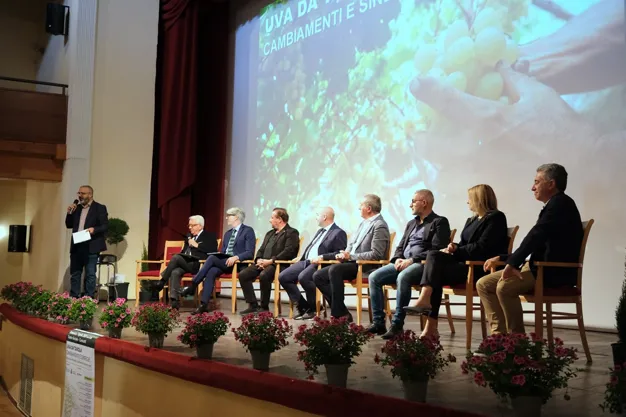 The speakers
The speakers
The meeting, conceived and organized by the Sicilian Table Grape Association, chaired by Vincenzo Di Piazza, was the first time in Italy that the three PGI table grape consortia (Apulia, Mazzarrone and Canicattì) had met in public.
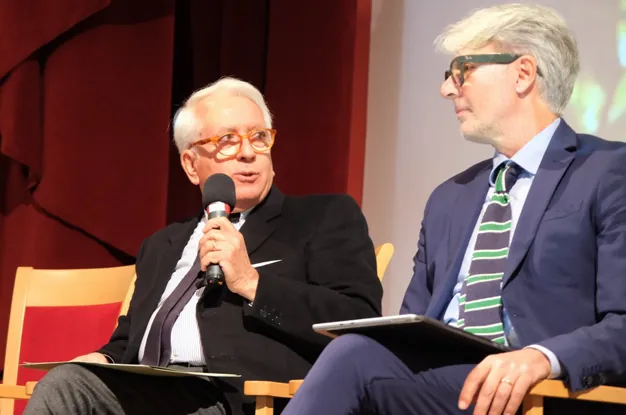 Vincenzo Di Piazza on the left
Vincenzo Di Piazza on the left
"The aim of the event," said Di Piazza on the sidelines of the event, "was to address the problems of the sector with a view to creating synergies, from production to marketing, with the involvement of the PGI consortia, the retail sector, the managers of agricultural policies at a European scale, such as the Contact Group, but also the promoters of a new vision of the sector, such as CUT. The involvement of the main players in the Italian supply chain was a success and was appreciated by all the operators in attendance."
 Michele La Porta
Michele La Porta
Michele La Porta, president of the Apulian PGI, highlighted the merging aspect of the consortium and the added value it brings to the marketing of the product. The importance of seedless varieties is growing and the region of Apulia is at the forefront of this trend, with producers willing to take up the challenge. A modification of the consortium's specifications is underway to include seedless grapes among the branded products. "What is worrying is that fruit and vegetables are not standing out in the shopping basket. What is more, domestic consumption in Italy has fallen by 25% in the last 10 years, decreasing to 6 million tons, and is still in decline because people under the age of 30 do not eat fruit and vegetables," says the expert.
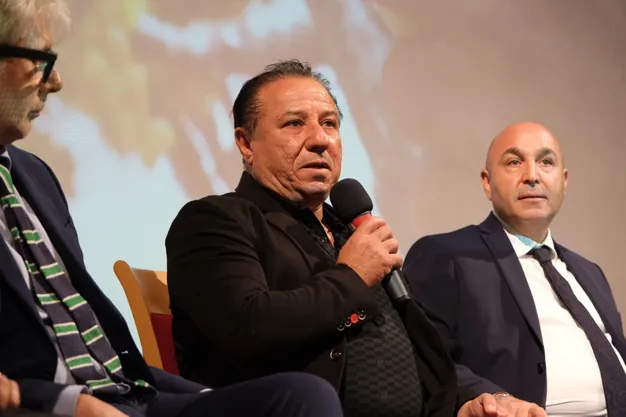 Gianni Raniolo
Gianni Raniolo
Gianni Raniolo, president of the Mazzarrone PGI consortium, explained that the area he oversees is also moving towards seedless grapes, while preserving traditional grapes, which, however, can't be separated from quality standards, which need to be improved. "It is necessary to follow consumer trends to keep up with the times," says Raniolo. "The preservation of a traditionalist mentality at all costs can have a boomerang effect."
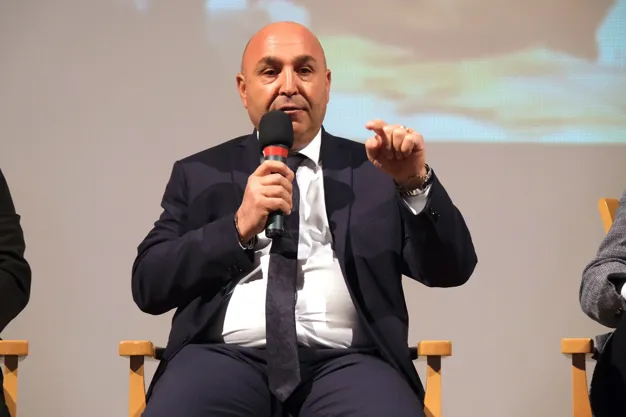 Marsello Lo Sardo
Marsello Lo Sardo
The president of the Canicattì PGI, Marcello Lo Sardo, said that despite the recent election of a new board, the association had intensified its efforts to promote the product through various local and regional consumer initiatives and a presence at trade events such as Fruit Logistica. He was joined by Giovanni Giglia, the vice-president of the consortium, who announced a radical change in the Consortium's articles of association that will allow it to access important public funds previously denied.
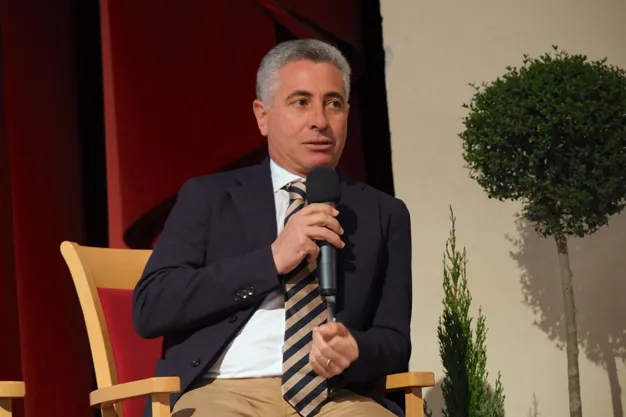 Giovanni Giglia
Giovanni Giglia
The second part of the conference, moderated by the journalist Gaetano Piccione, was opened by Salvatore Novello, member of the Grape Contact Group, who pointed out that the trends identified at the last meeting between Portugal, Spain, France and Italy were not centered around the question of 'yes to seedless or no to seedless.'
"The differentiation in consumption, without ignoring the inevitable growth of seedless," he said, "is increasingly oriented towards a segmentation of the product, based primarily on the taste, shape and color of the berry. While Spain has doubled its area in just a few years, from 7,000 to around 14,000 hectares, Italy has lost a third in the last 20 years, from 60,000 to 40,000 hectares. It is reassuring to see that, thanks to a viticultural know-how that is perhaps more deeply rooted in Italy than anywhere else, the trend towards seedless varieties can partially recover the areas."
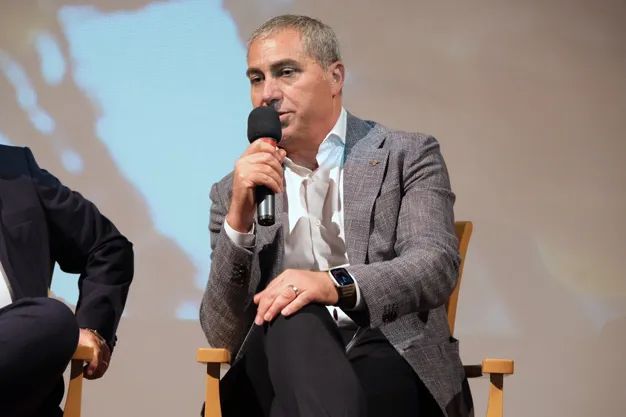 Salvatore Novello
Salvatore Novello
Next up was Salvatore Ventura, buyer for Conad, who highlighted the difficulty of supporting business proposals from unstructured companies. Addressing the producers in the room, Ventura urged them to "get together in some form, whether in cooperatives, in POs, in AOPs, or in IGP consortia. Distributors need partners that can guarantee quality and continuity, because our greatest risk lies in insufficient stocks. The quality factor, in compliance with the regulations on the use of pesticides is crucial and in this regard Sicily and Apulia produce residues that are often more than 50% below the legal requirements, but there is still a lot to be done."
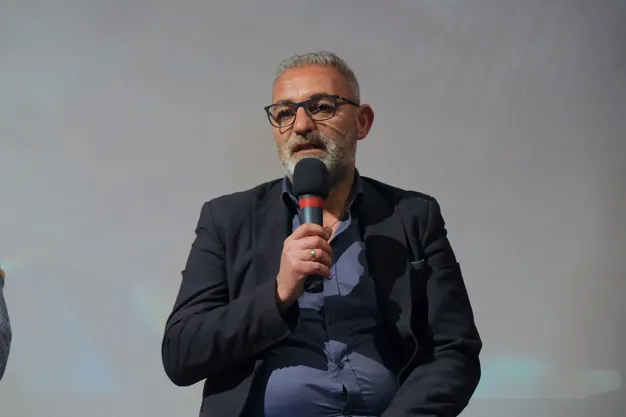 Salvatore Ventura
Salvatore Ventura
Maria Elena Porto, Customer Technical Specialist Southern Italy for Corteva Agriscience, highlighted the multinational company's strength in crop protection and nutrition, but also its commitment to advanced technological solutions. "We use satellite data to monitor the health of crops in the field," she said, "and our activity is based, among other things, on on-site research through foliar and soil analysis. Corteva was an official sponsor of the event."
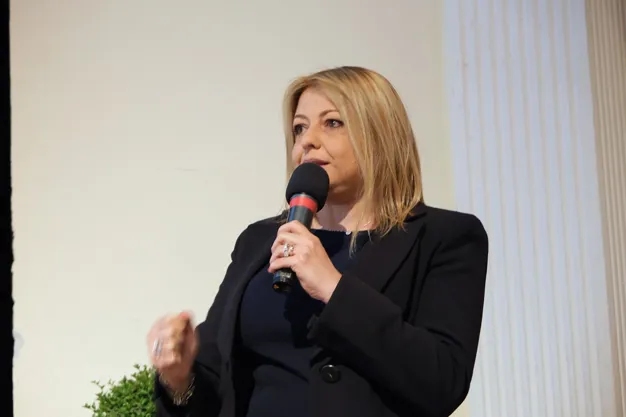 Maria Elena Porto
Maria Elena Porto
Michele La Porta spoke on behalf of Massimiliano del Core, president of the CUT (Italian Table Grape Commission), who was unable to attend. He described the history of the association and provided valuable production statistics, starting with the results of the processing of cadastral data on Italian table grapes. "We can see that the oldest vineyards are still mostly cultivated with seeded vines," he explained. There is a clear difference if we compare the average age of the seeded grape vines (15.2 years in total) with the areas planted with seedless grapes (7.1 years in total).
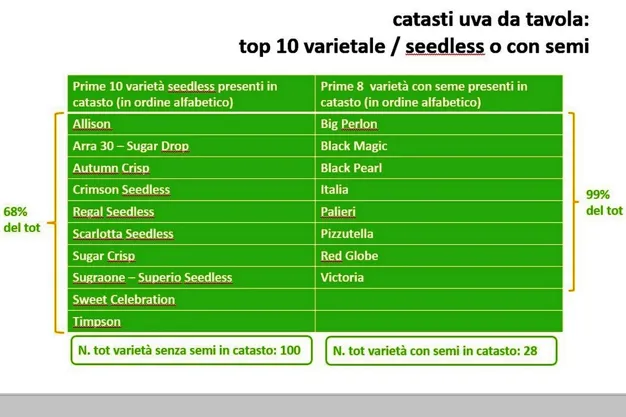 Source: CUT
Source: CUT
"If we compare Apulia and Sicily, the area under organic farming is higher in Apulia than in Sicily," says La Porta. "In Apulia, red and black varieties are more common than in Sicily; in both regions, white grapes are still clearly in the majority, thanks to the spread of Italia and Victoria (especially in Sicily) and Autumn Crisp and Regal Seedless (especially in Apulia).
The event was also the occasion for the presentation of a major event in the European table grape sector, LUV, the new trade fair specifically dedicated to the sector, which will be held in Bari (Italy) on 22, 23 and 24 October 2024.
It will be an event that deals with the grape in all its aspects," announced Mirko Sgaramella, director of the new exhibition entity, "exhibitors and visitors will be able to discuss the challenges facing the sector, from planning to post-harvest, using data and stimuli from the markets.
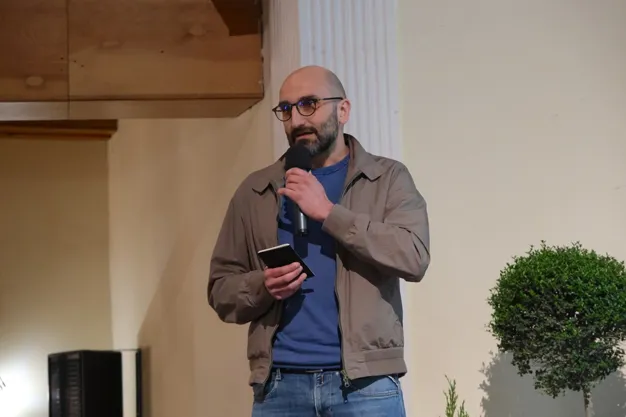 Mirko Sgaramella
Mirko Sgaramella
The organizers of the conference would like to thank the Municipality of Canicatti, the Mayor Vincenzo Corbo and the Councillors Vincenzo Sciabica and Giuseppe Corsello, as well as the sponsor Corteva.
